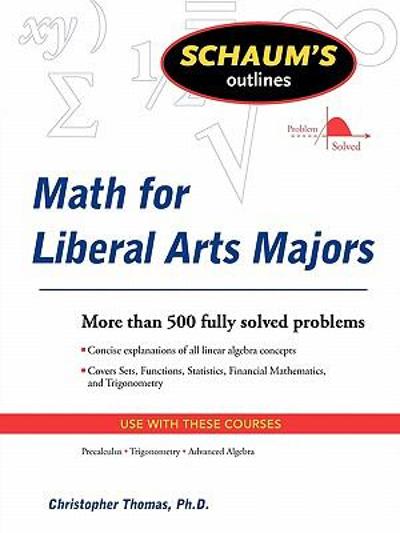Question
Assignment 09.05 Areas in Histograms-Guided Notes 2. A biologist measures the stride lengths of a population of emus, the second-tallest birds in the world, and
Assignment 09.05 Areas in Histograms-Guided Notes
2. A biologist measures the stride lengths of a population of emus, the second-tallest birds in the world, and the stride lengths of a population of ostriches, the tallest birds in the world. The biologist found that the stride lengths of both populations wereapproximately normally distributed.
- The mean stride length of the population of emus is 3 meters with a standard deviation of 0.5 meters.
- The mean stride length of the population of ostriches is 4.5 meters with a standard deviation of 0.75 meters.
- Approximately 34% of the ostriches have stride lengths between 4.5 and 5.25 meters. Describe these values in terms of the mean and standard deviation only. What interval would represent a similar percentage of emus?
- How can this percentage be seen using a graph of the normal curve?
3. A veterinarian finds that weights for the population of each dog breed tend to be approximately normally distributed. They know that the mean weight of beagles is 25 pounds with a standard deviation of 3 pounds. The mean weight for Great Danes is 150 pounds with a standard deviation of 20 pounds.
The veterinarian finds that about 68% of beagles weigh between 22 and 28 pounds. What can this tell us about Great Danes? Explain your reasoning.
___________________________________
Assignment 09.06 Areas Under a Normal Curve-Guided Notes
The wait times at a popular restaurant are approximately normally distributed. The mean wait time is 24.3 minutes with a standard deviation of 3.2 minutes.
Use technology to estimate the wait times for the described groups in questions 2, 3, 4, and 5.
2. Describe the number of minutes diners have to wait if their wait times are in the longest 10% of wait times for diners at this restaurant.
3. Describe the number of minutes diners have to wait if their wait times are in the shortest 15% of wait times for diners at this restaurant.
4. To find wait times for the middle 50% of wait times for diners:
- Draw an example of a normal distribution and shape approximately the middle 50% of the area under the curve.
- What percentage of the total area is unshaded to the left of the region you shaded? What value marks the line between the unshaded and shaded parts?
- What percentage of the total area is unshaded to the right of the region you shaded? What value marks the line between the unshaded and shaded parts?
- The shaded region is between which two values?
_______________________
Assignment 09.09 Estimating Proportions from Samples-Guided Notes
2. A scientist takes a random sample of 30 sun-like stars and finds that 10 of them have planets orbiting them. The scientist uses a computer to simulate selecting samples of 30 sun-like stars so that each star has about a 1/3 chance of having planets orbiting it. They find the proportion of stars in that trial that have planets and repeat the process to get 1,000 trials. The dot plot show the proportions of stars that have planets for each of the 1,000 trials.
The mean of the sample proportions is 0.33 and the standard deviation of the sample proportions is 0.086. What estimate should the scientist use for the proportion of sun-like starts that have planets orbiting them?
What margin of error should be included with the estimate? Show your reasoning.
3.A company produces 1,000 blue crayons every day. A sample of 50 crayons are analyzed, and 3 of them are found to not meet the standards of the company, so they are labeled defective. A simulation is run in which 50 crayons are chosen out of 1,000 so that each crayon chosen has a 6% chance of being defective. The simulation is run 500 times, and the mean proportion of defective crayons is 0.059 with a standard deviation of 0.012.
- What is a good margin of error based on this simulation?
- Based on a population proportion estimate and margin of error, is 0.07 a plausible value for the population proportion of crayons that are defective? Explain your reasoning.
5. The diners who have wait times in the middle 70% are between which two values?
Step by Step Solution
There are 3 Steps involved in it
Step: 1

Get Instant Access to Expert-Tailored Solutions
See step-by-step solutions with expert insights and AI powered tools for academic success
Step: 2

Step: 3

Ace Your Homework with AI
Get the answers you need in no time with our AI-driven, step-by-step assistance
Get Started


